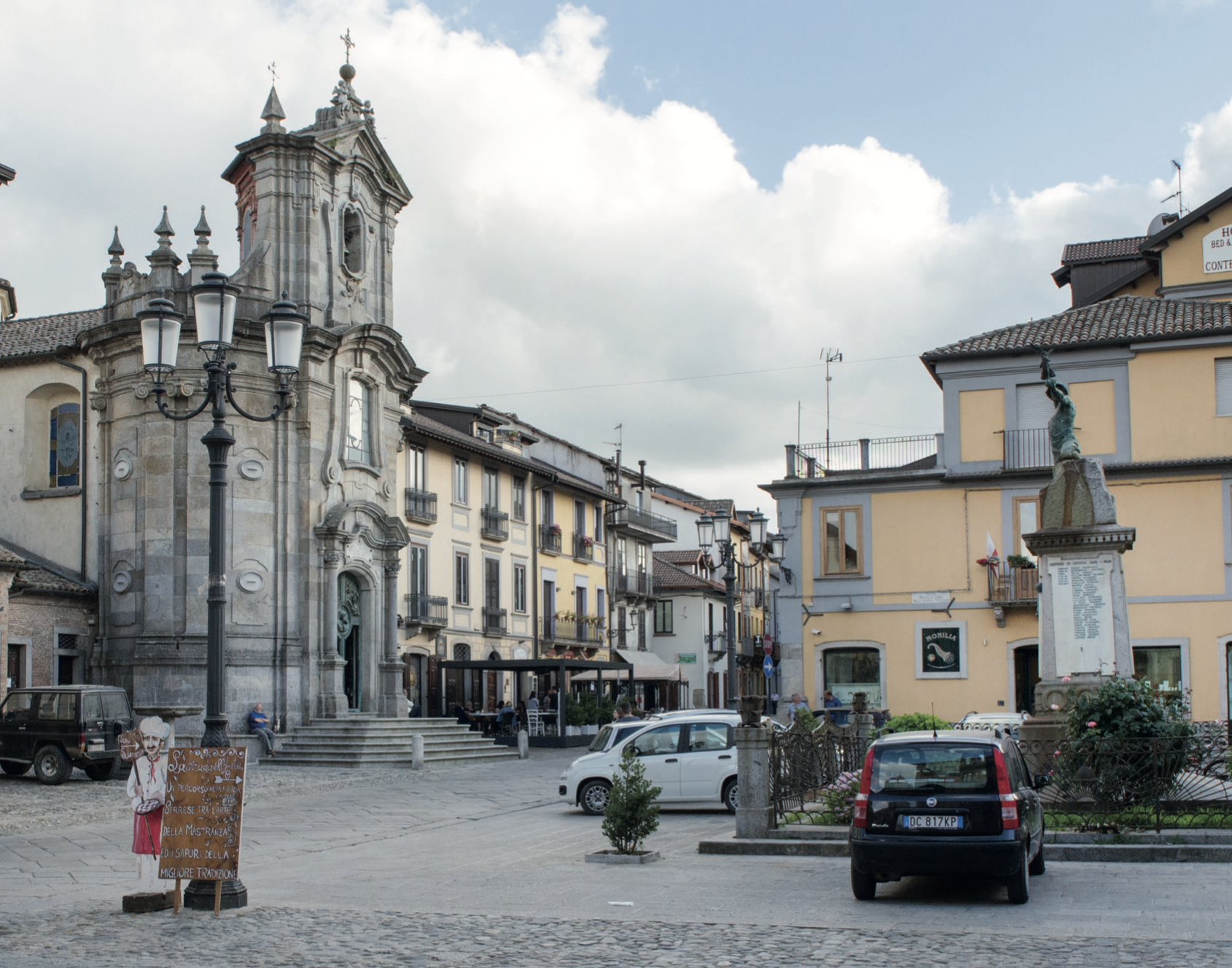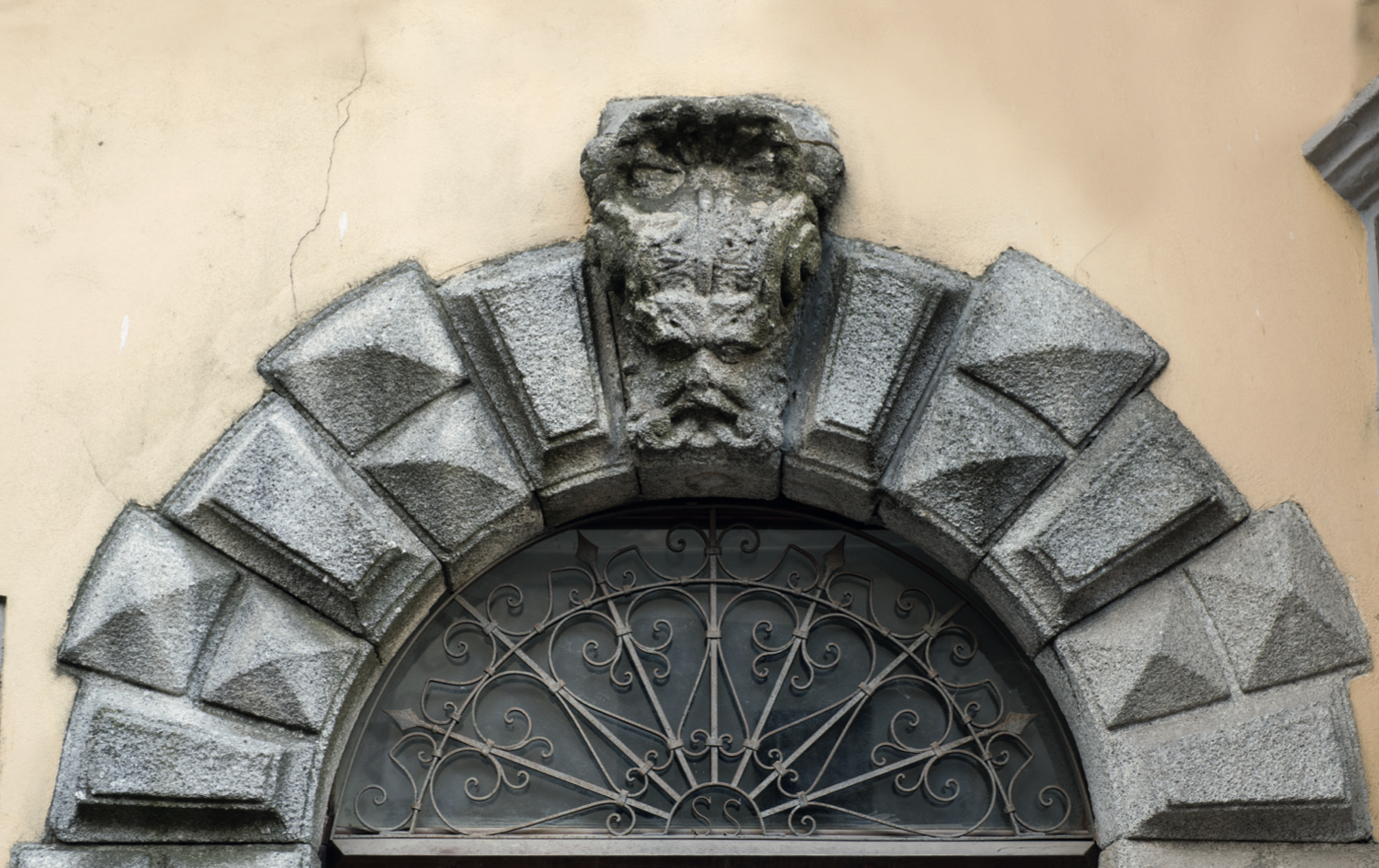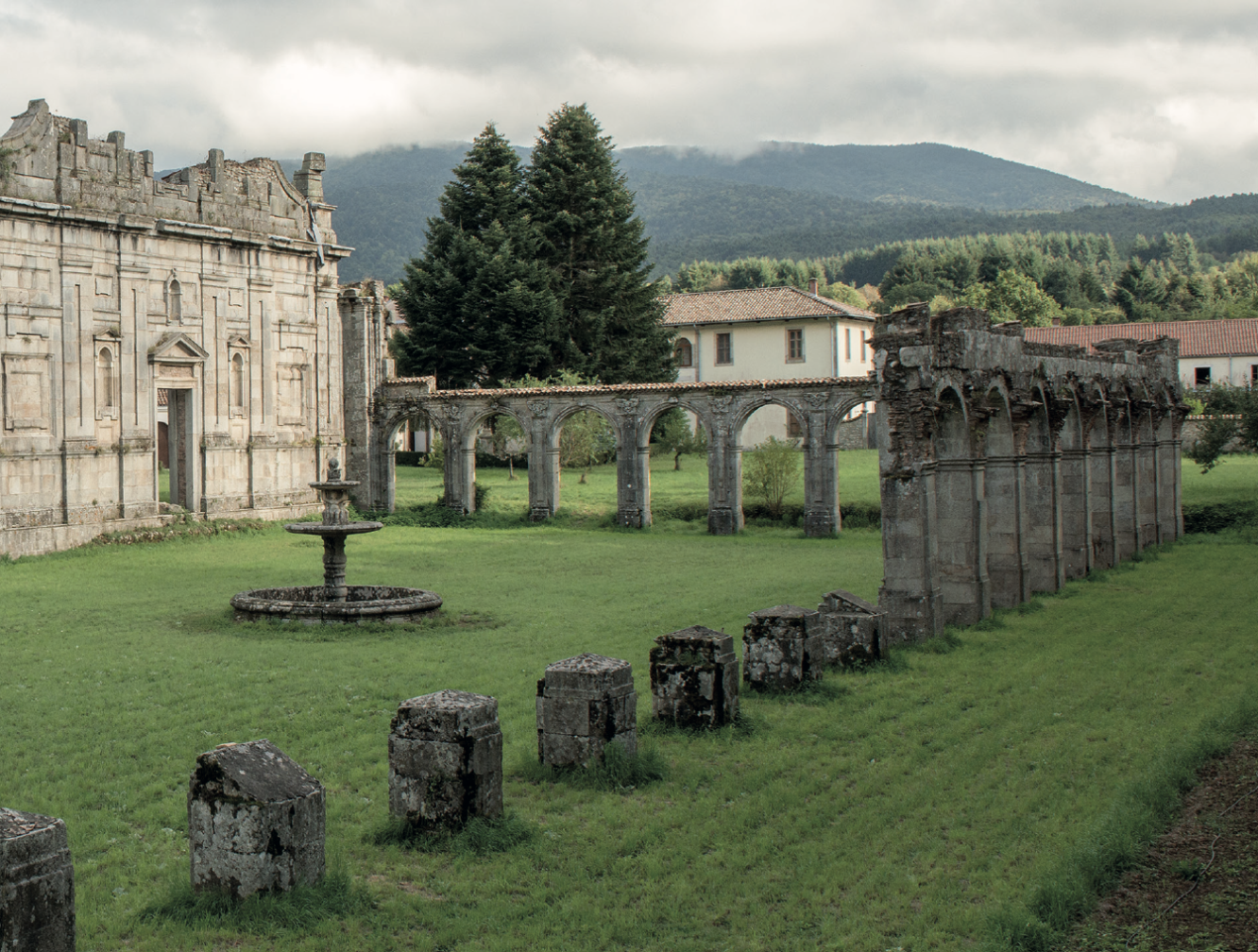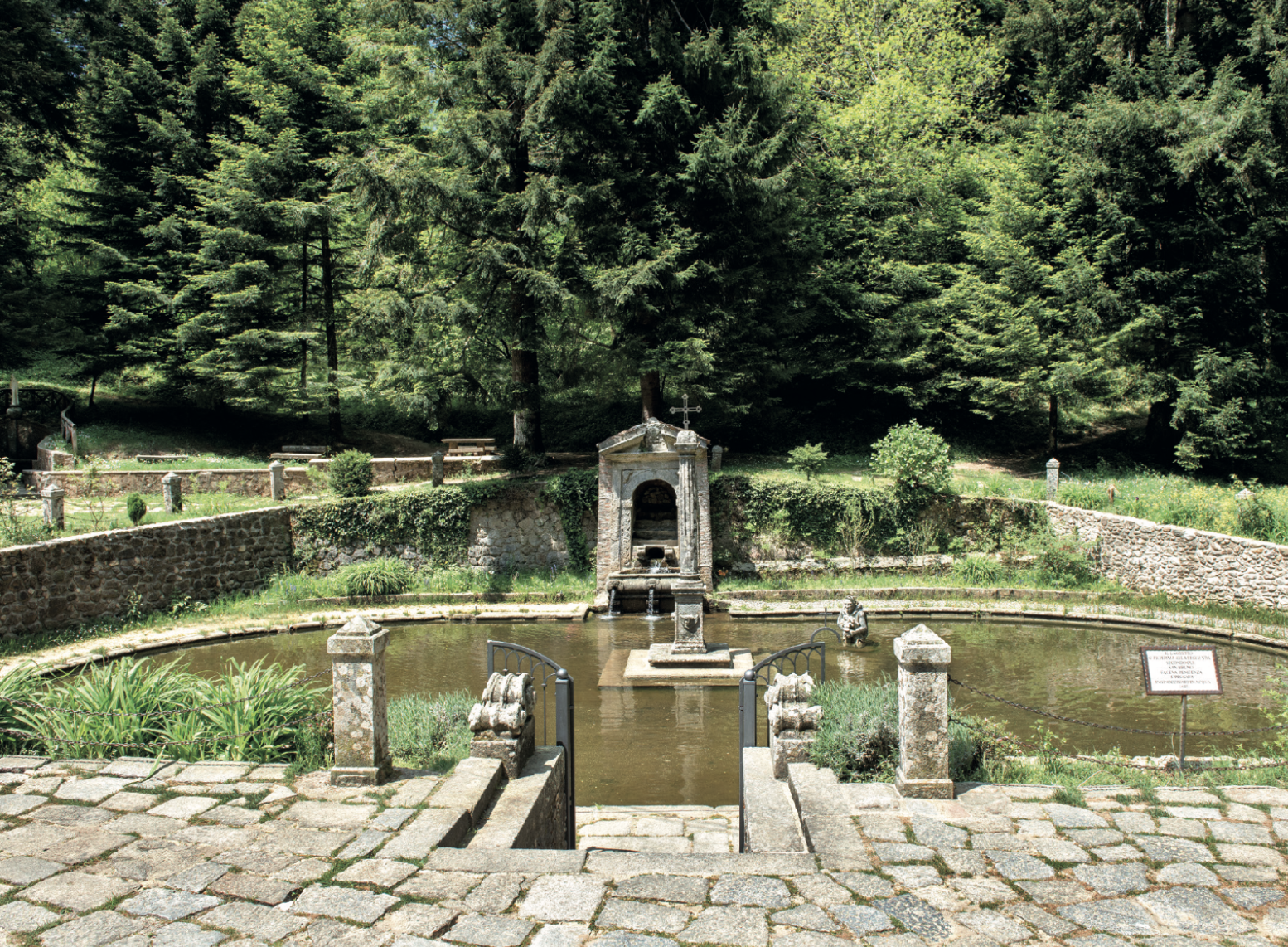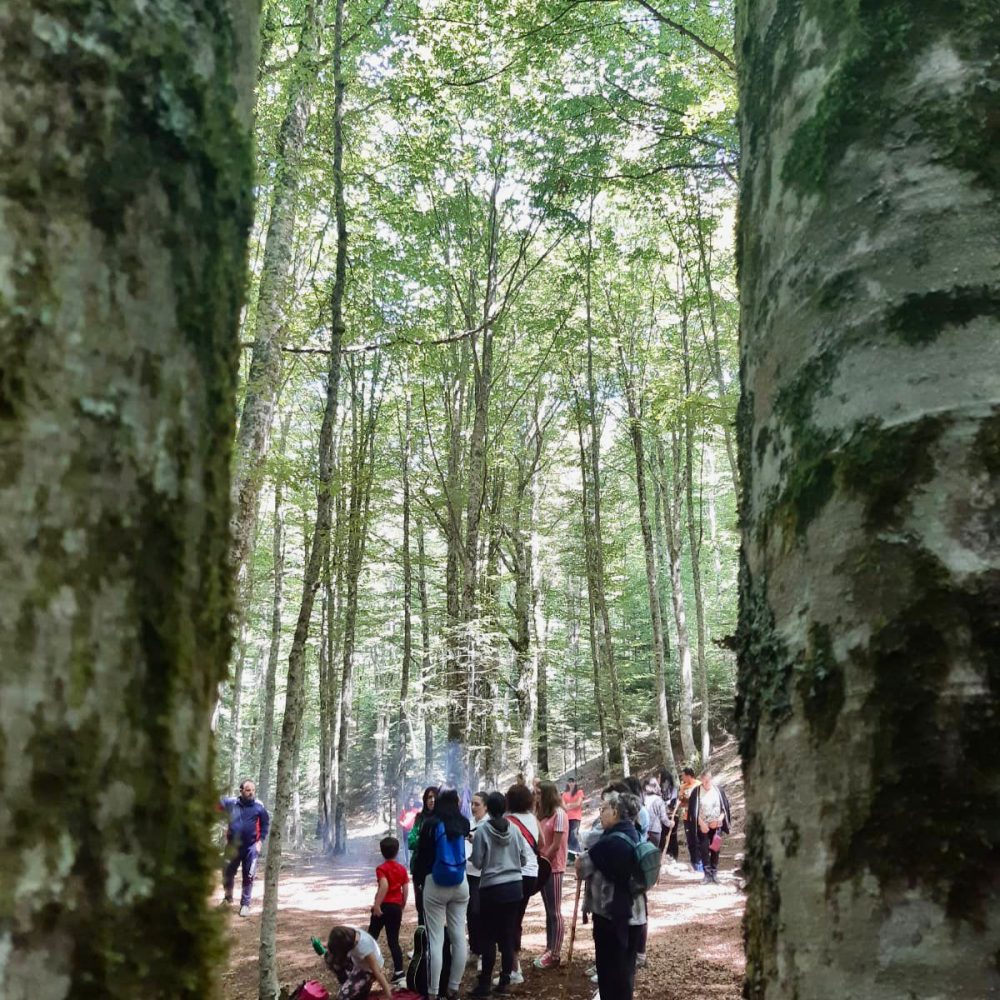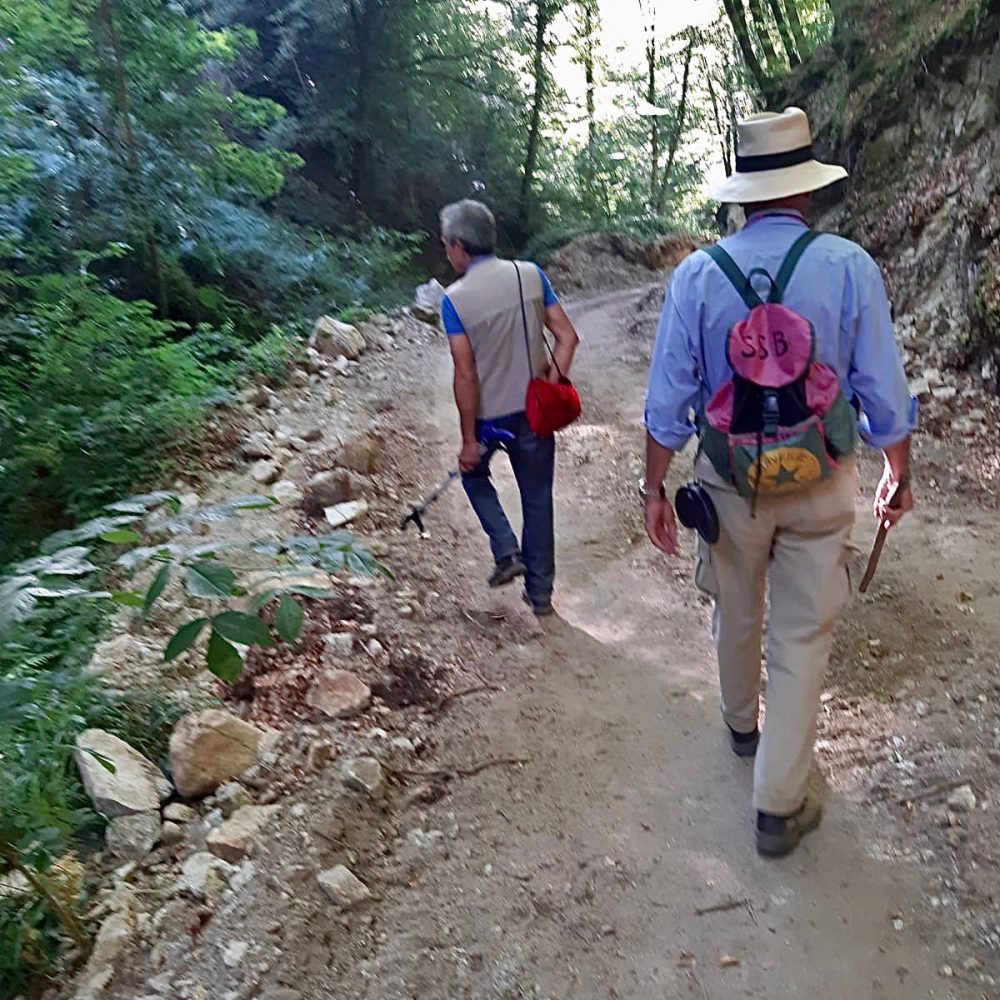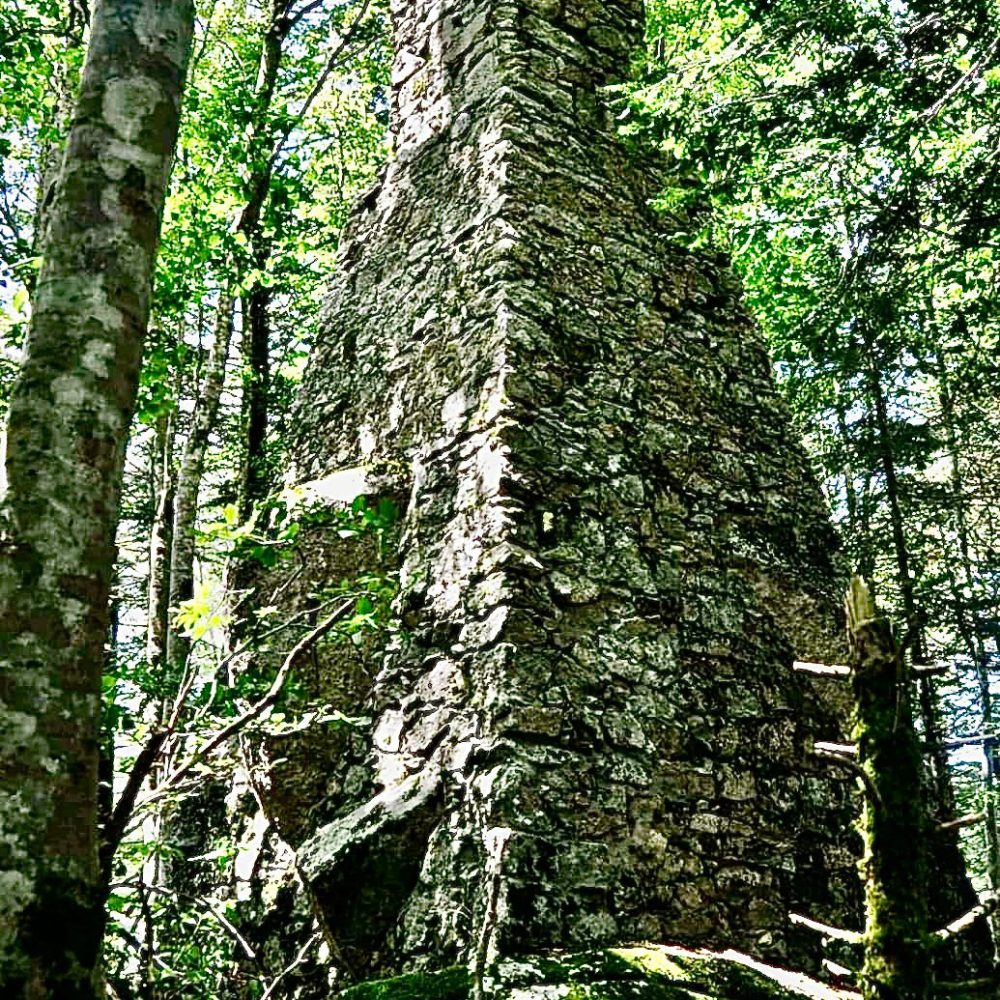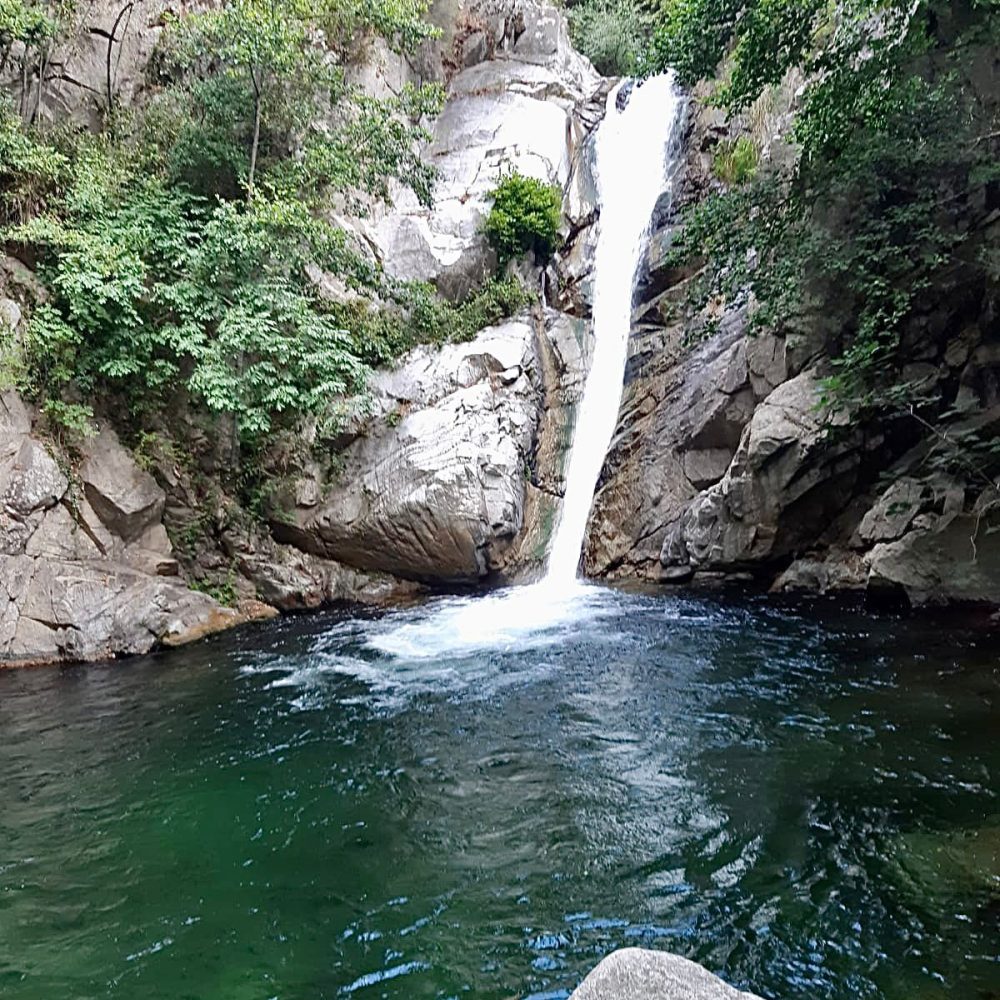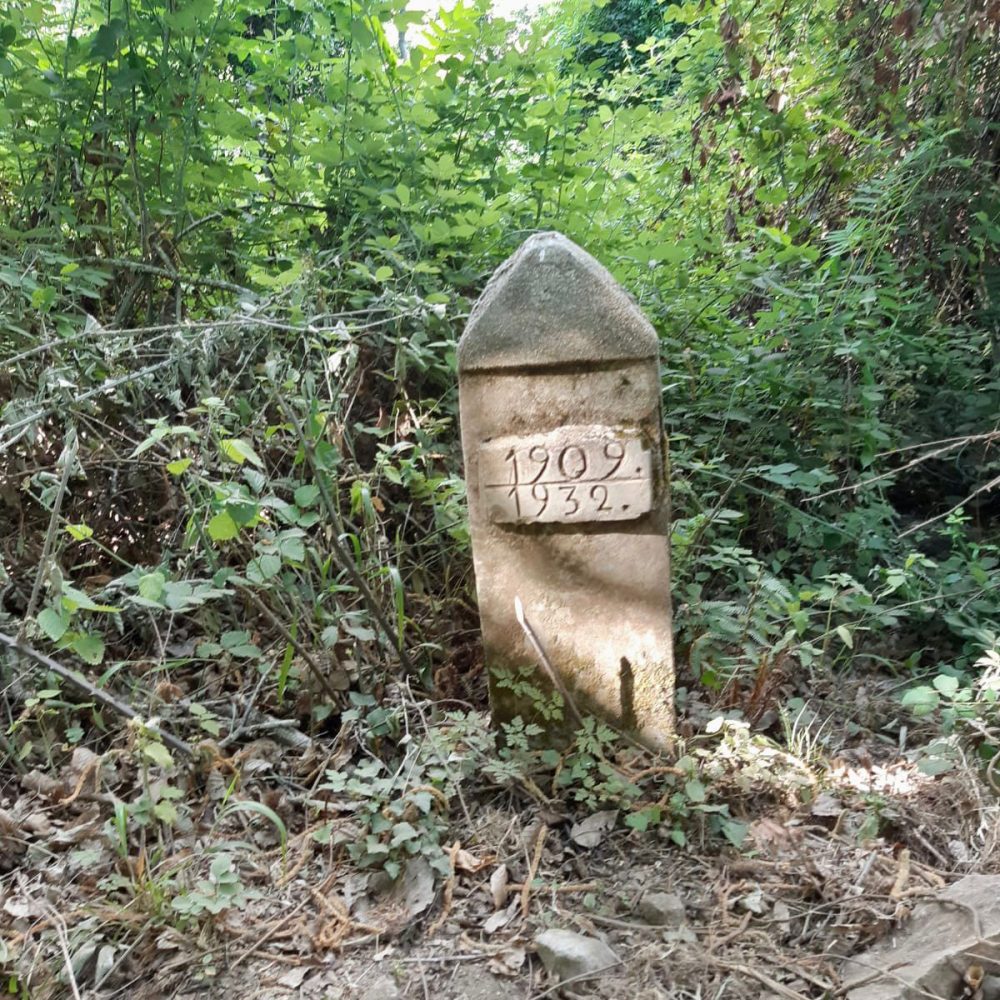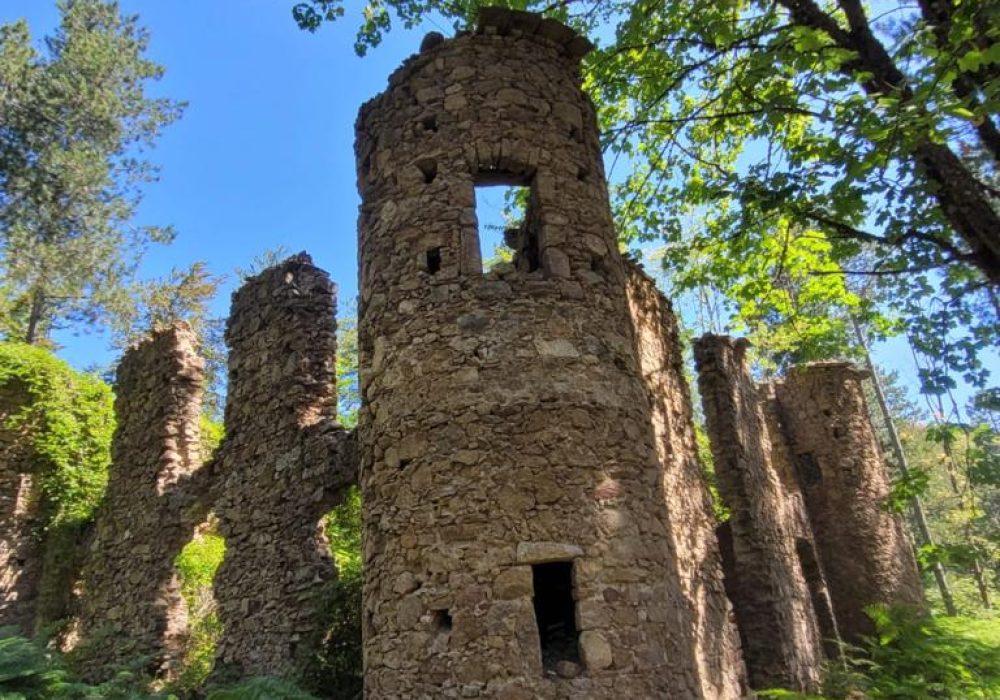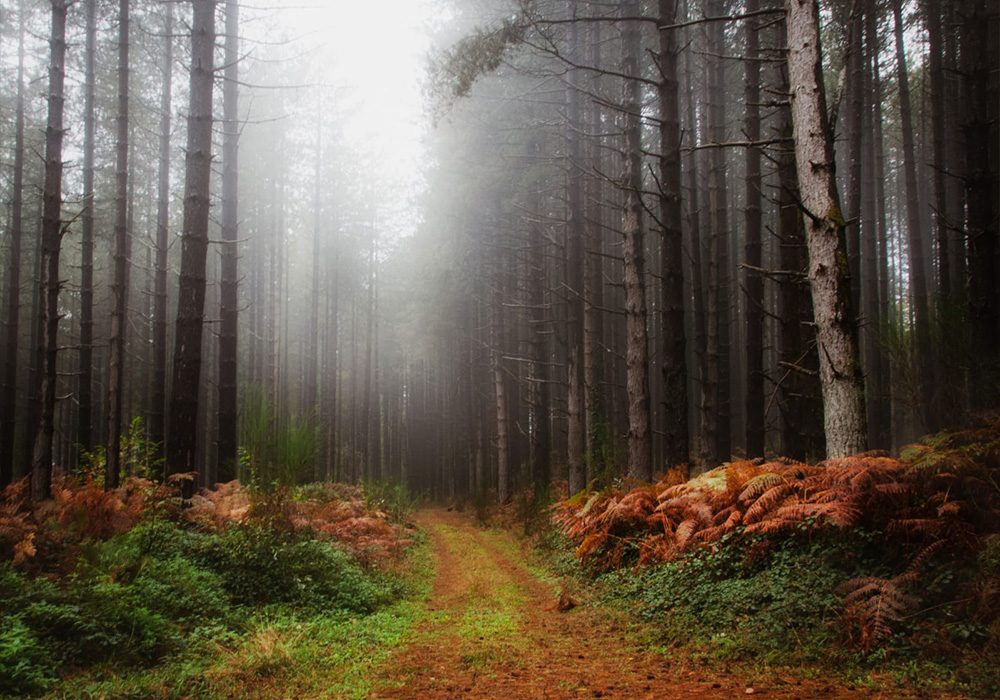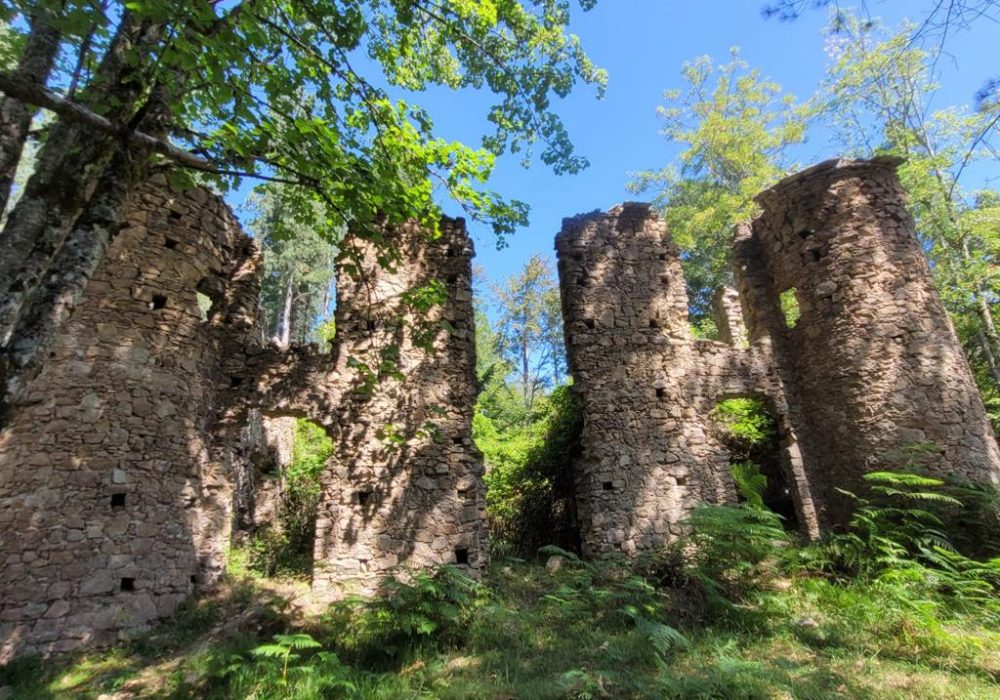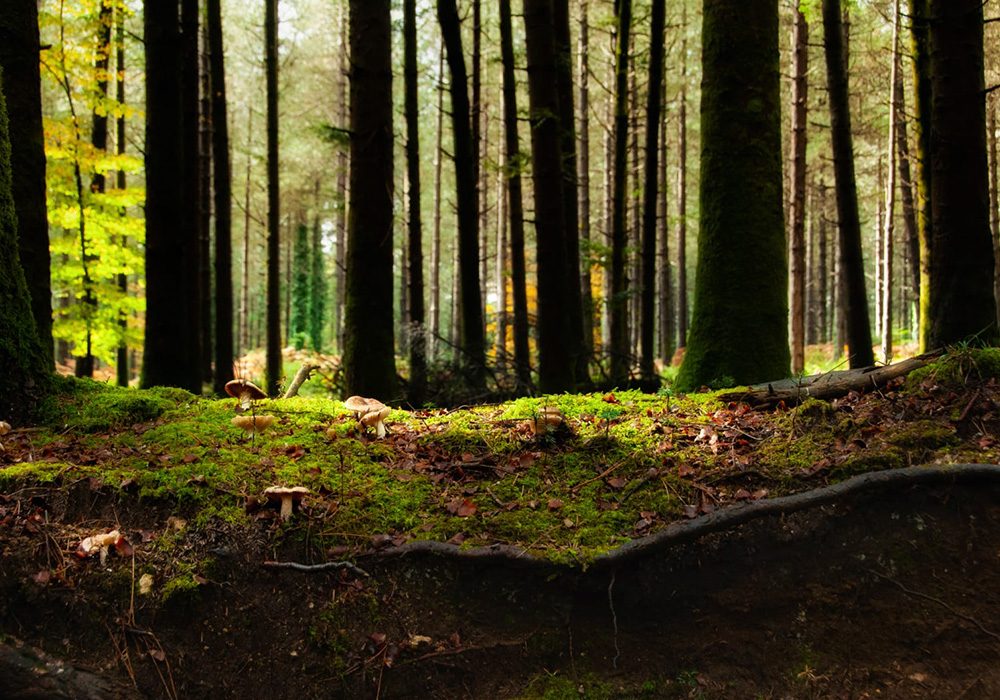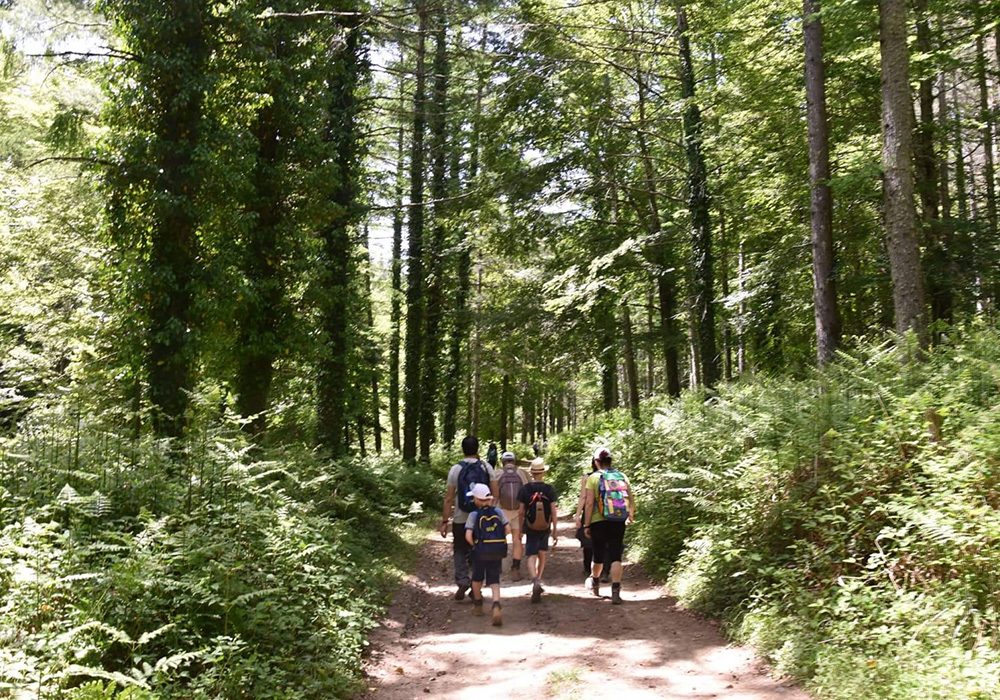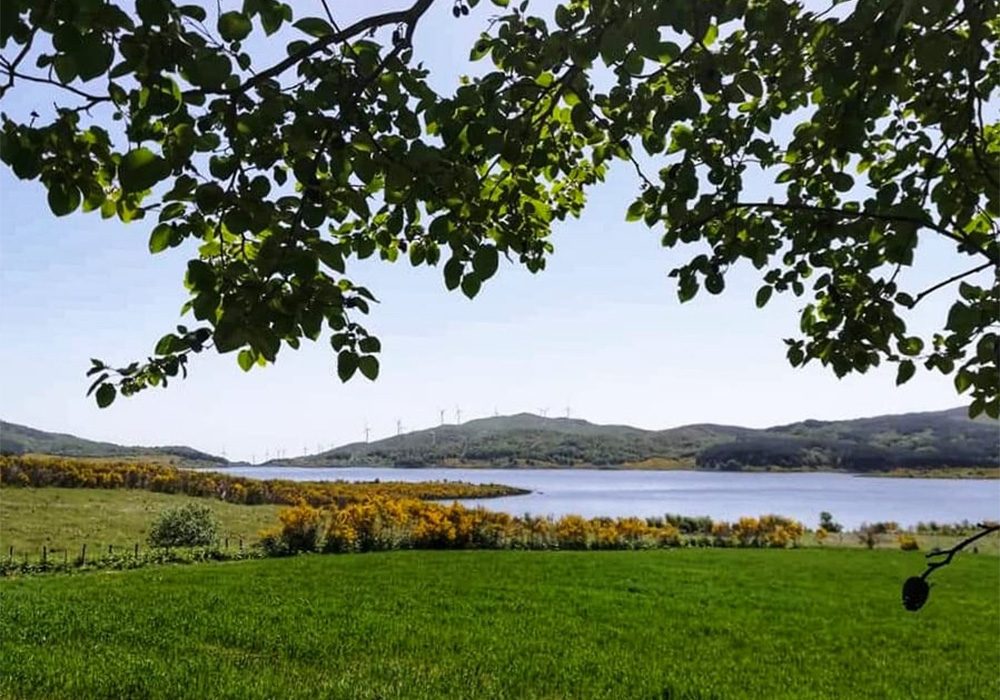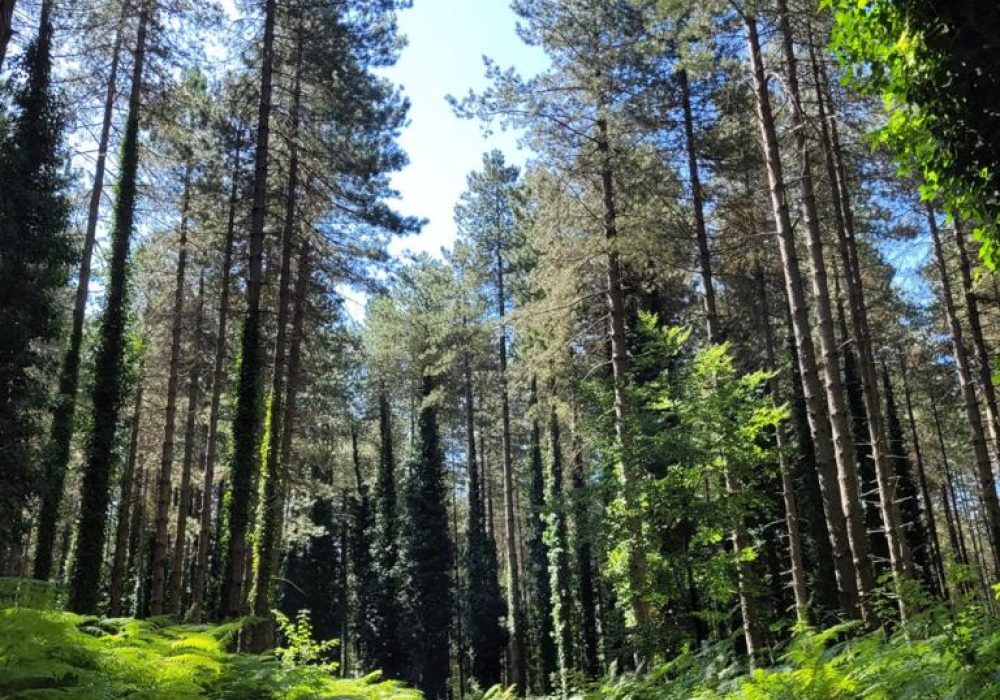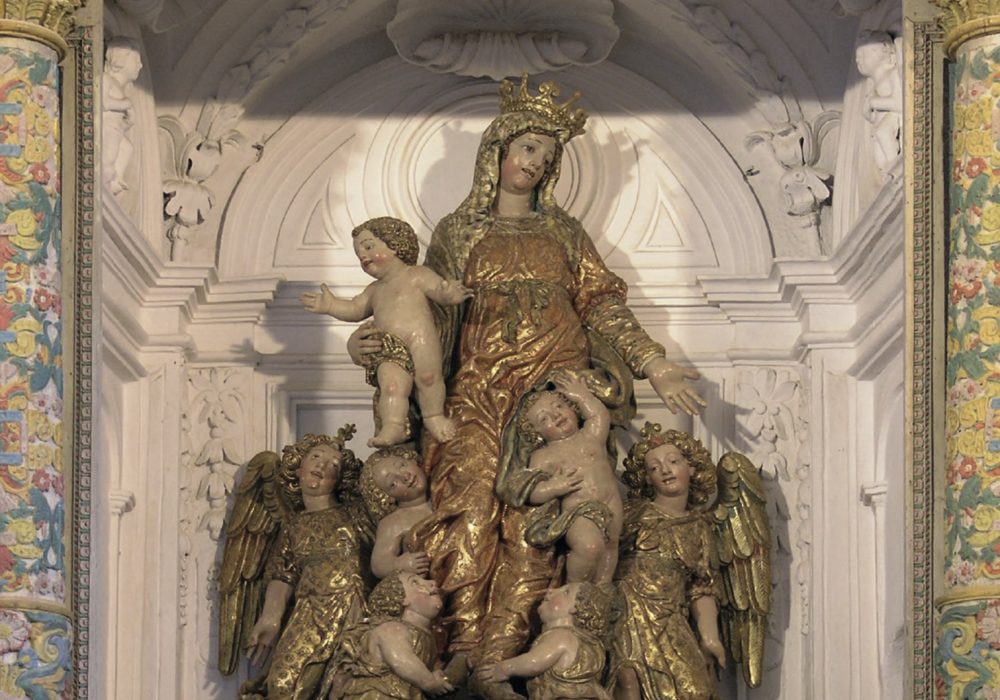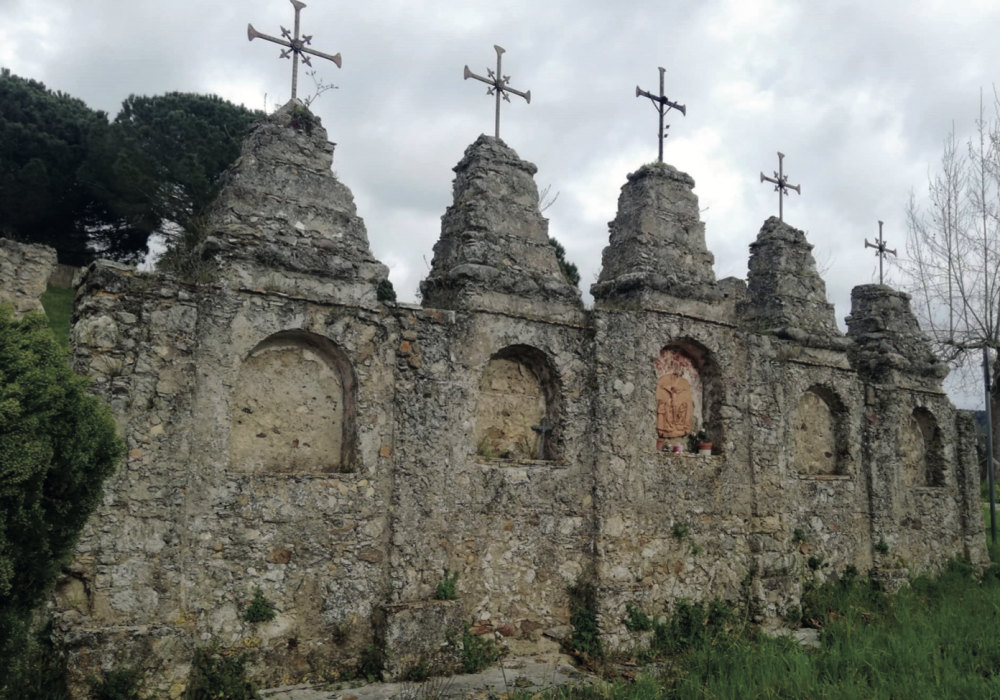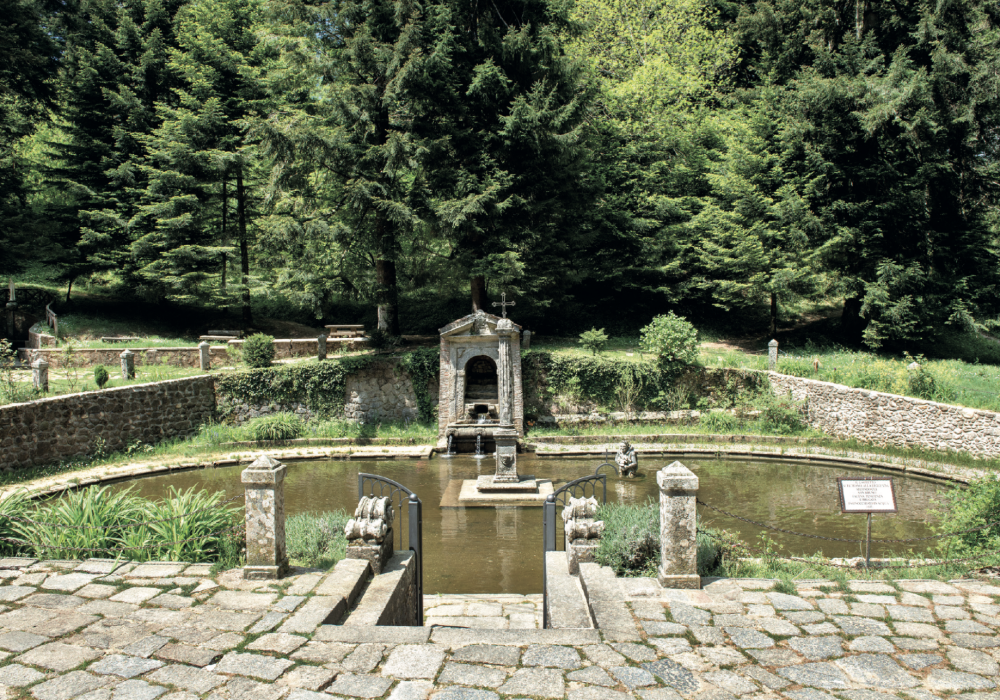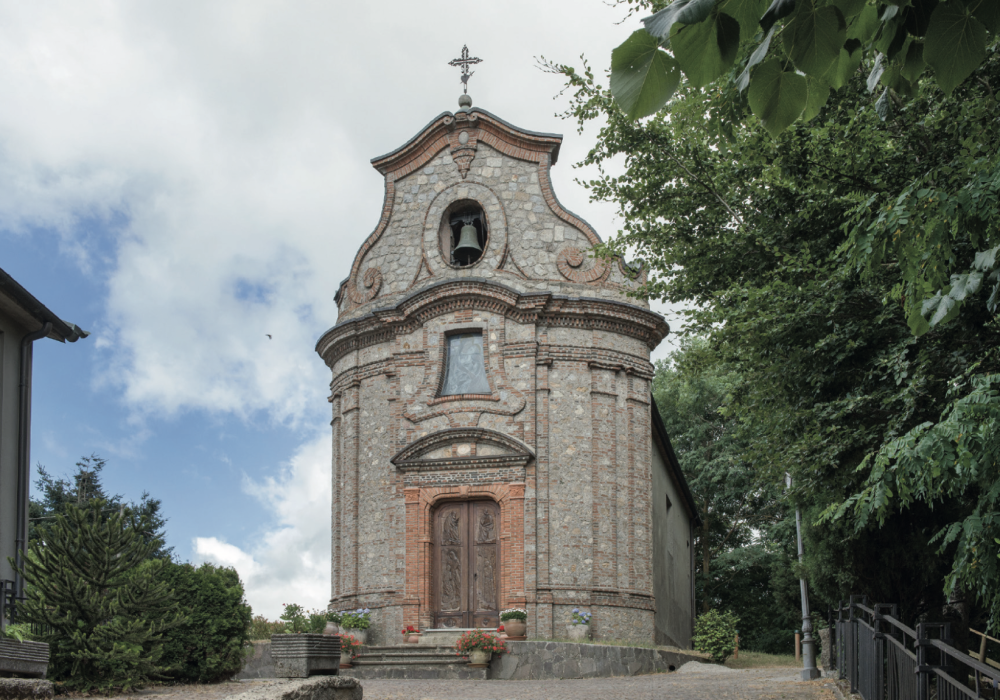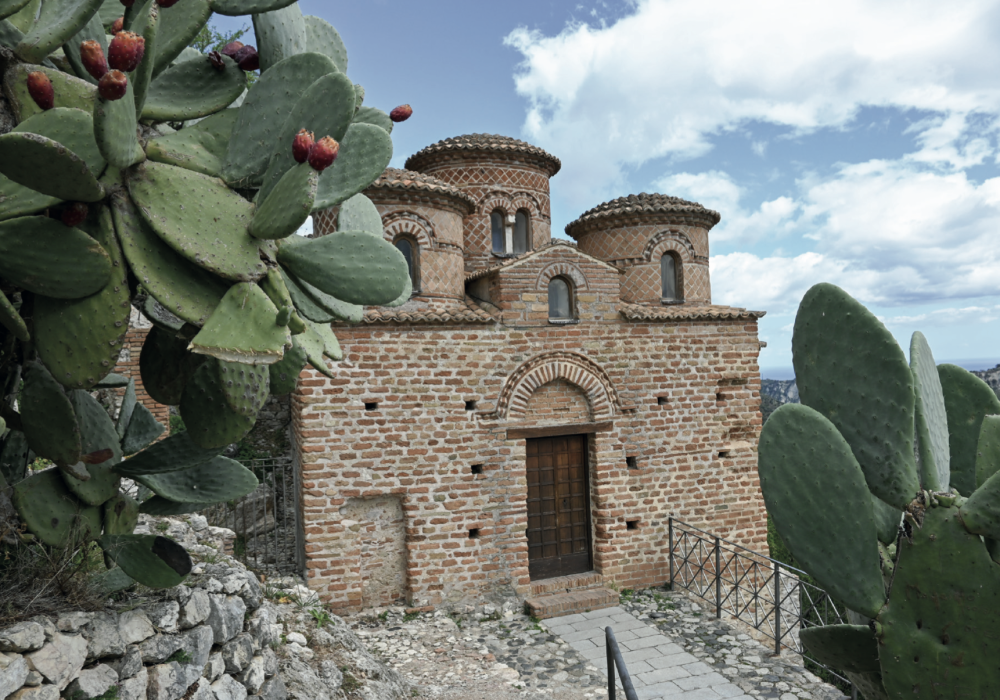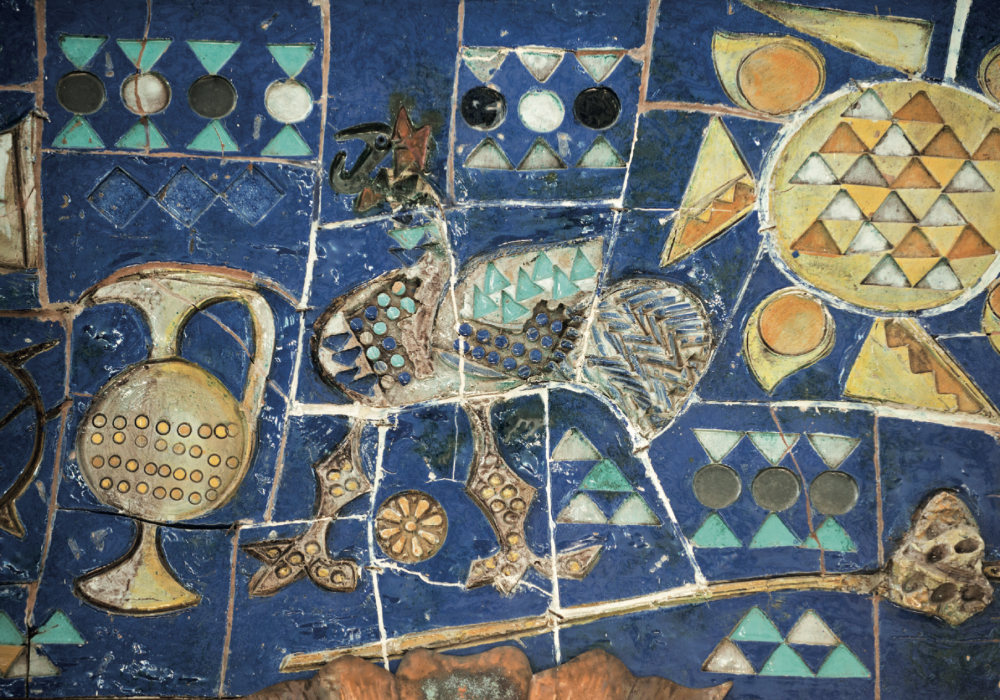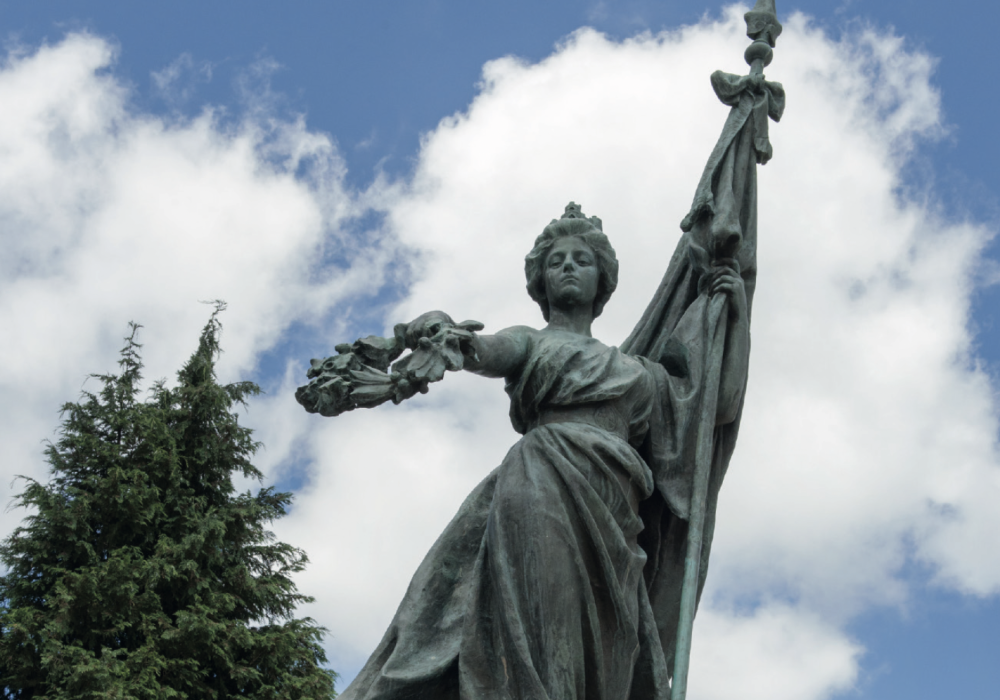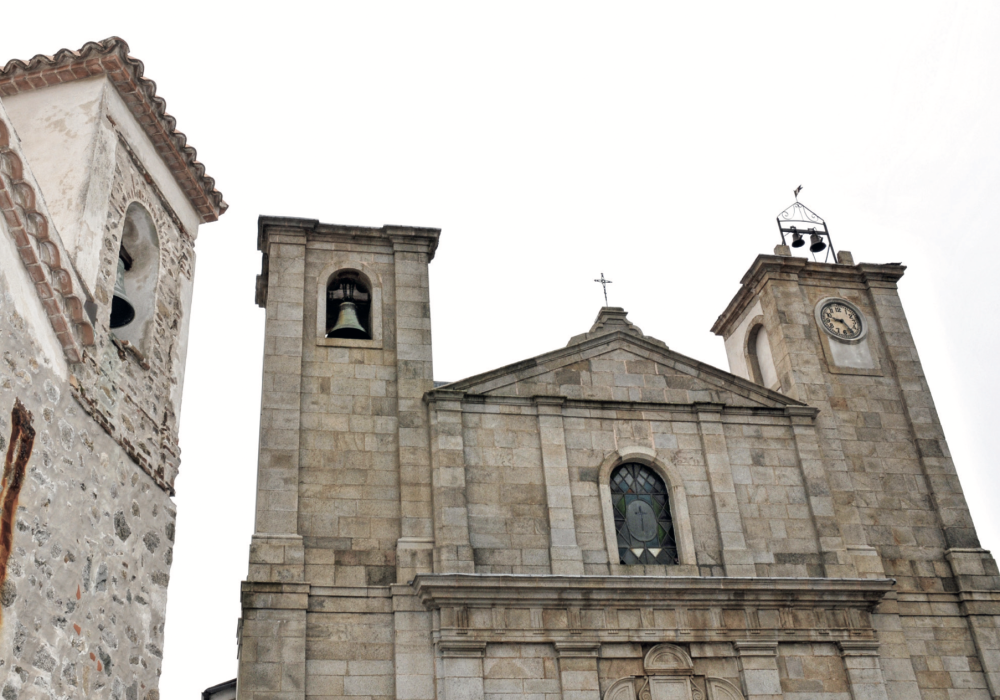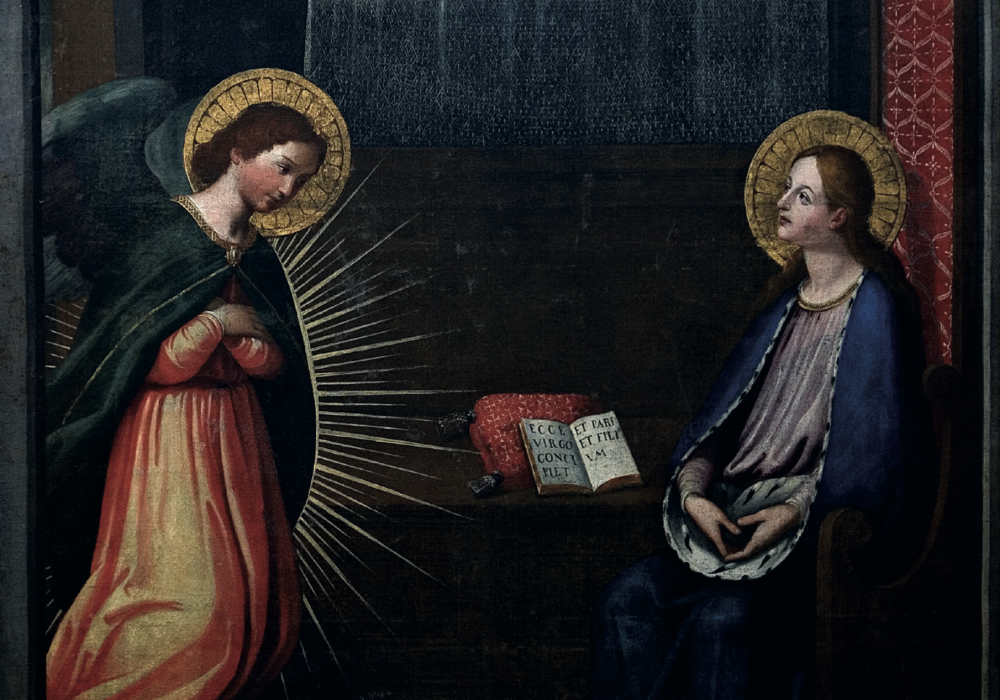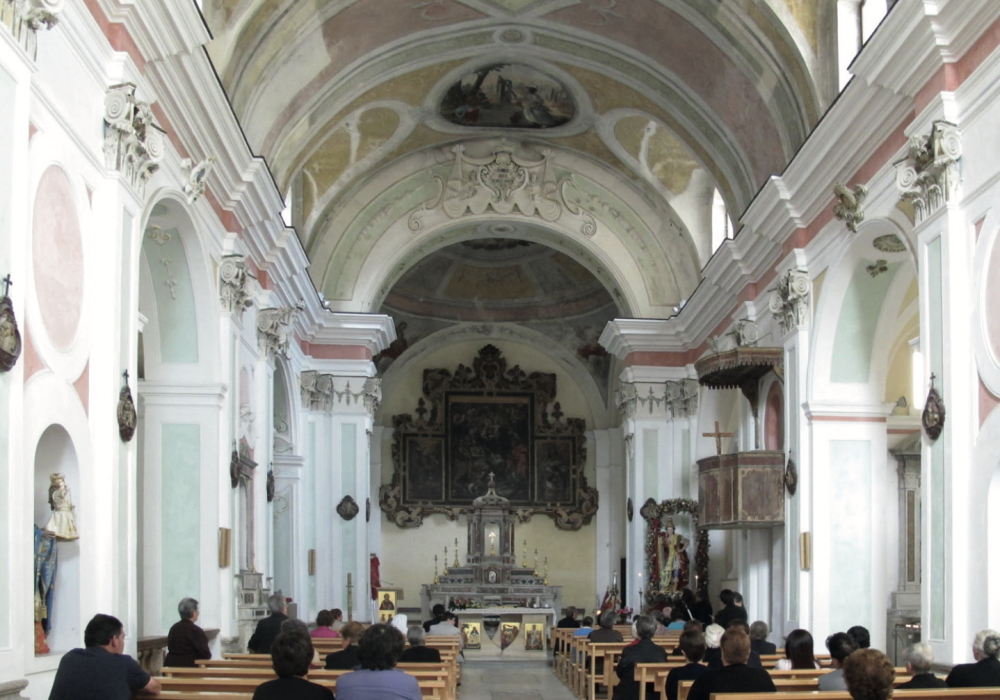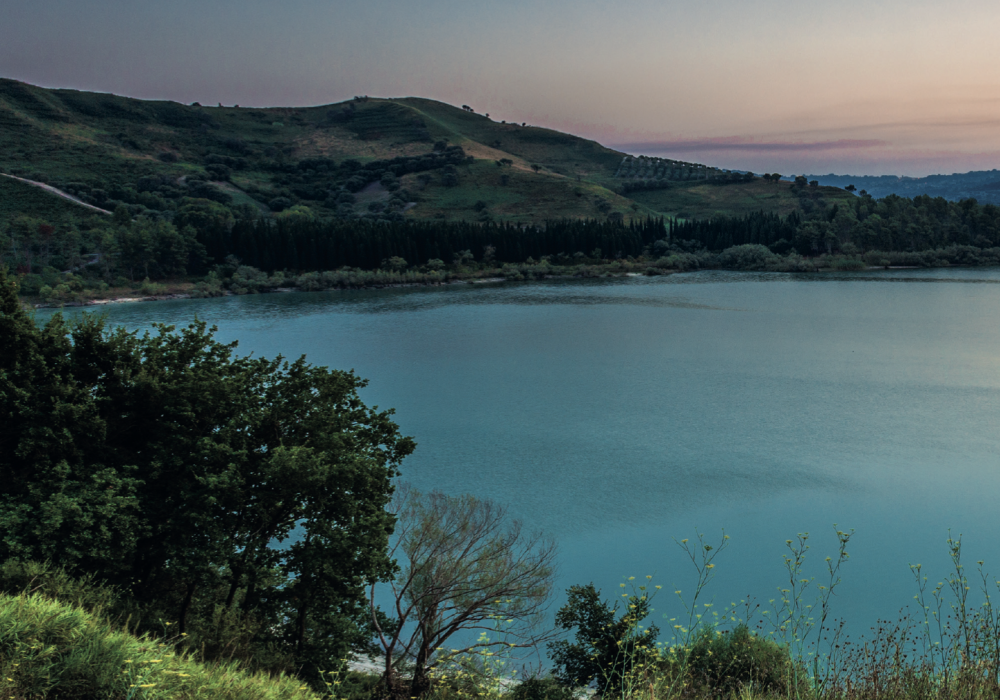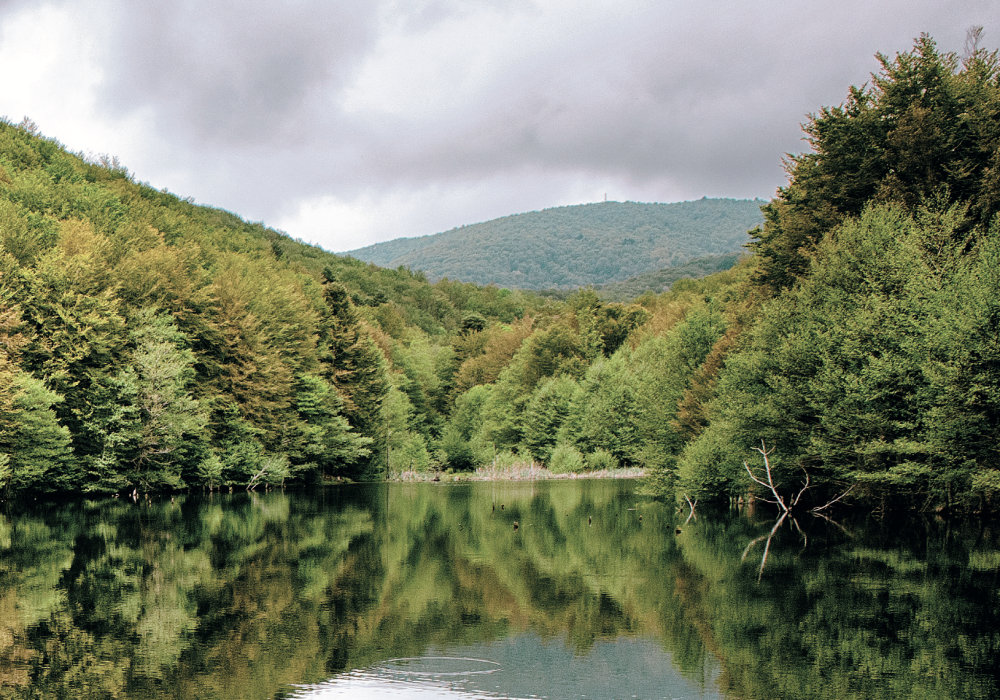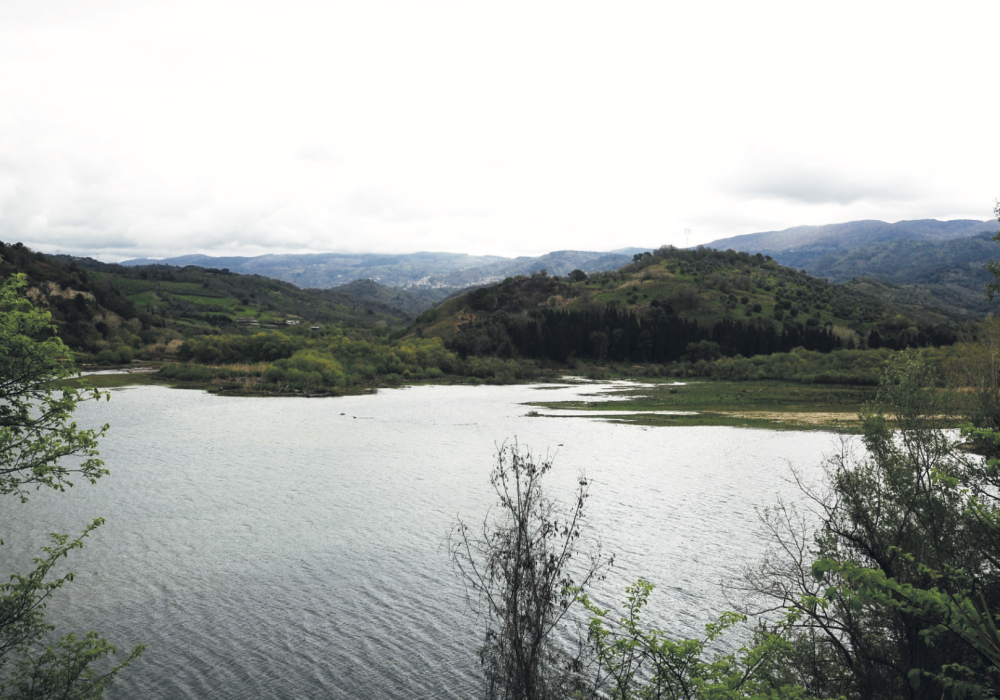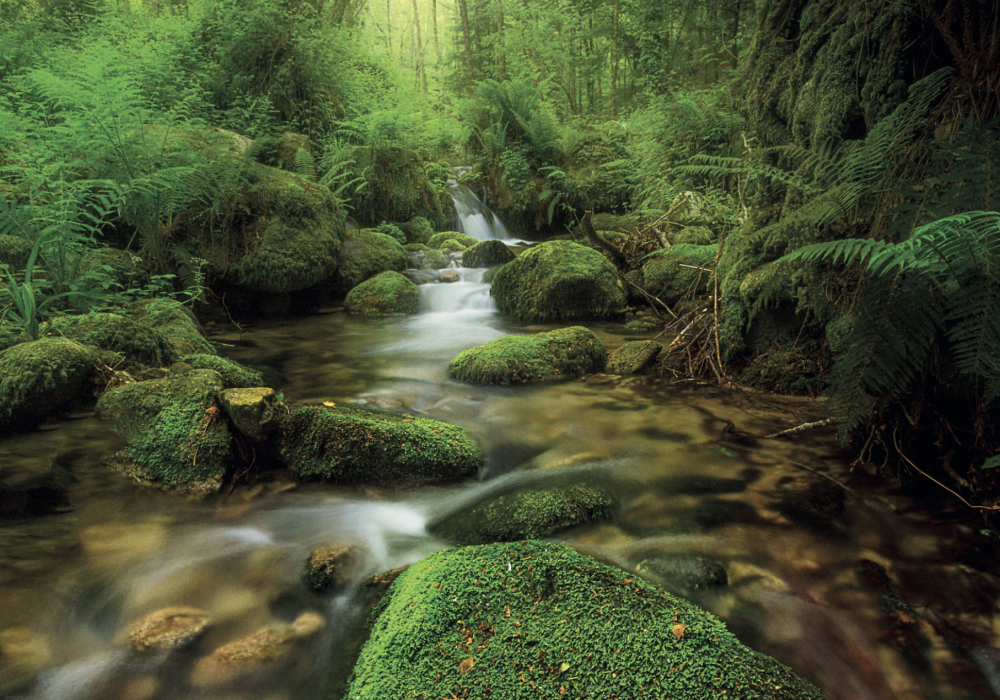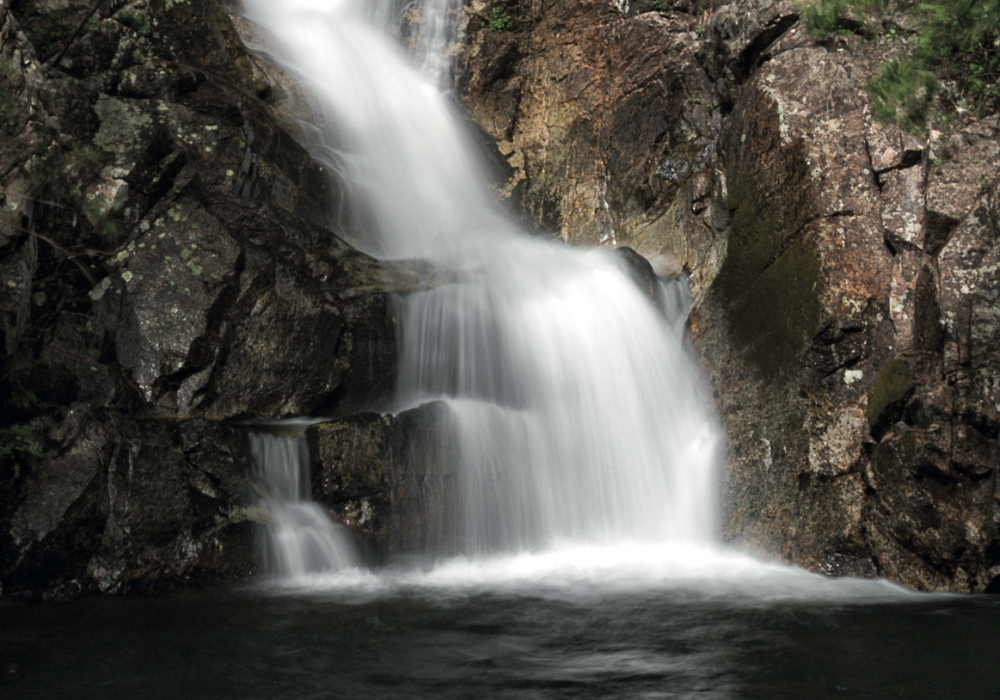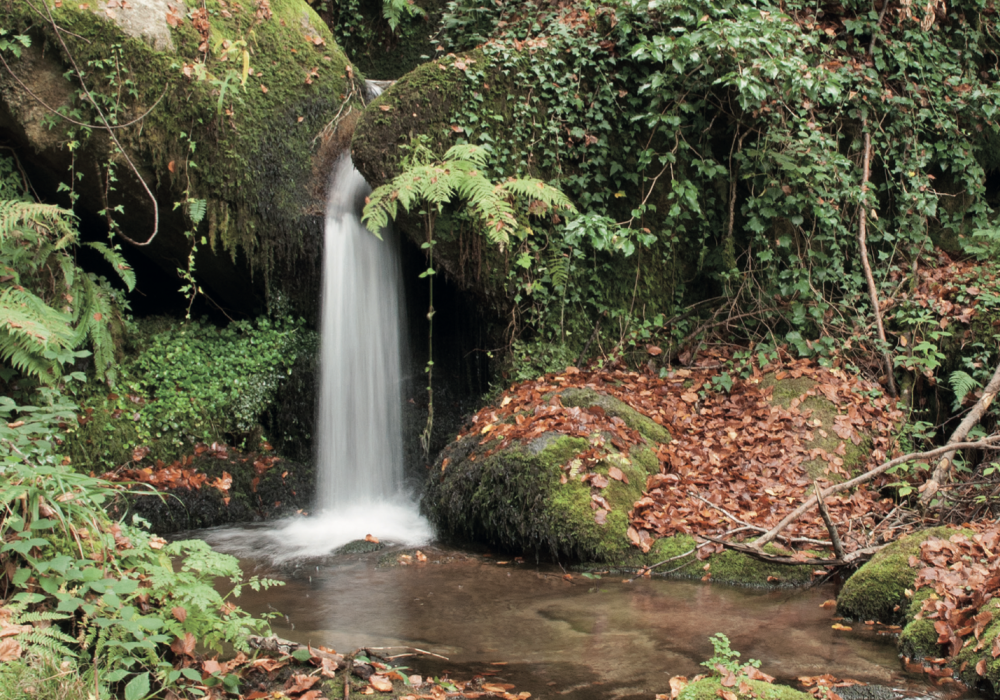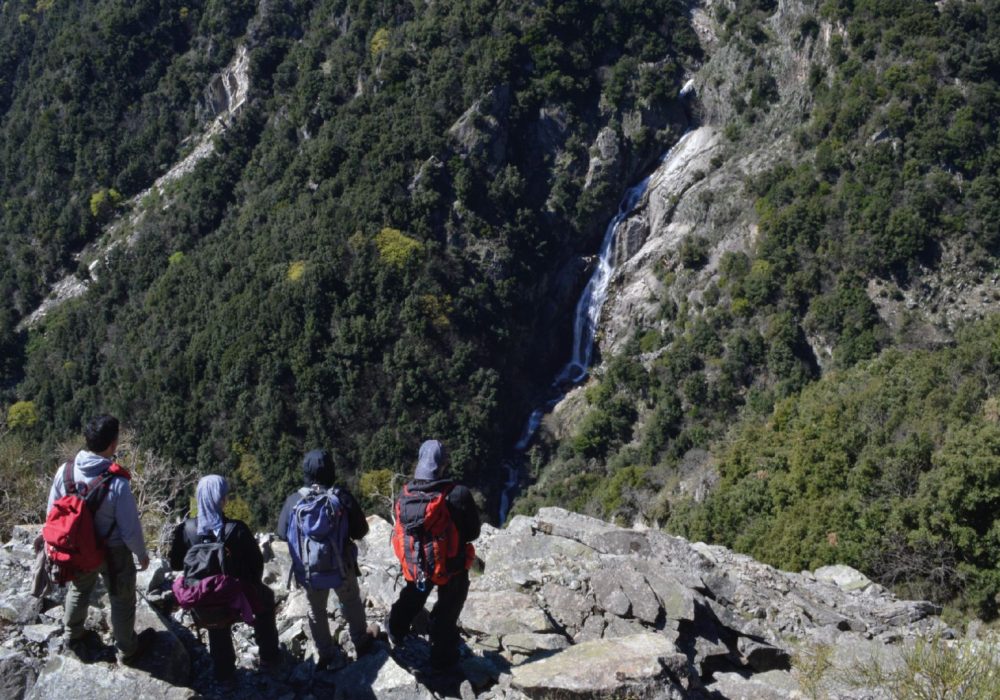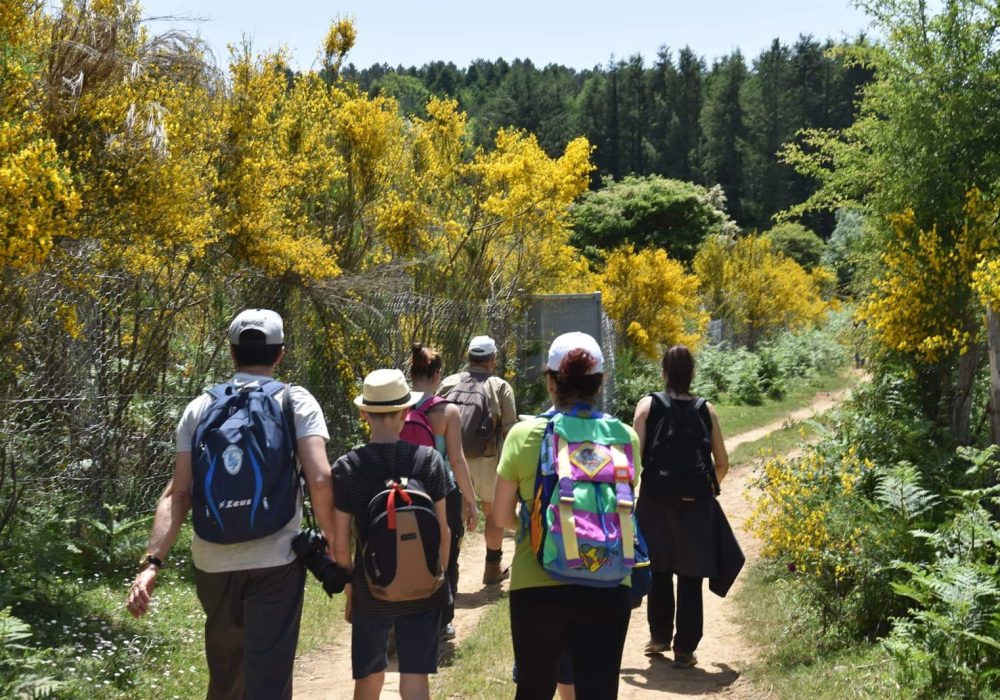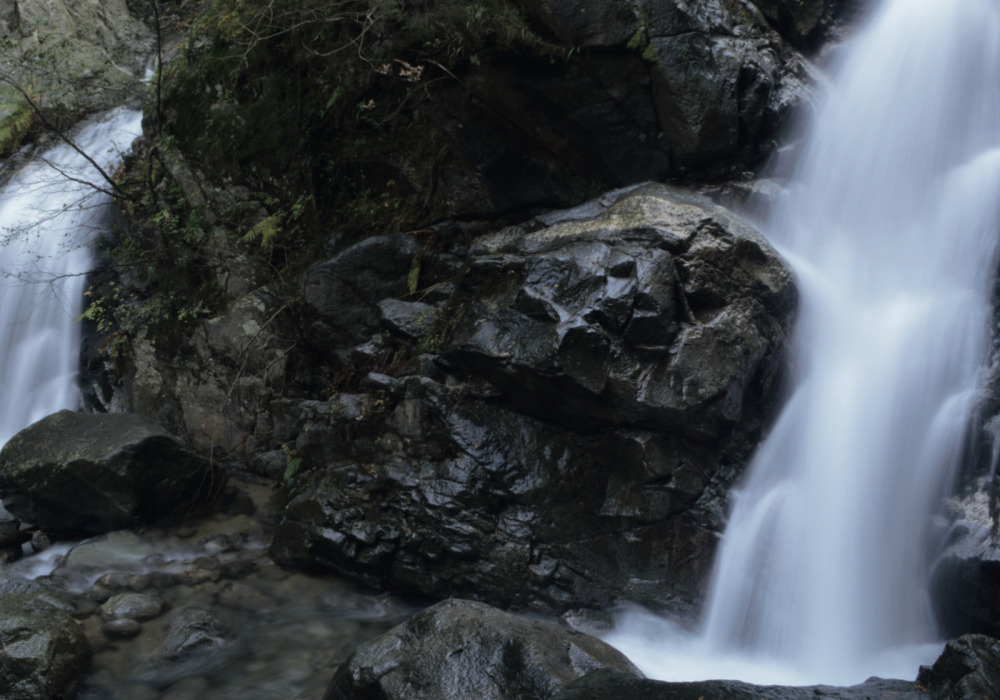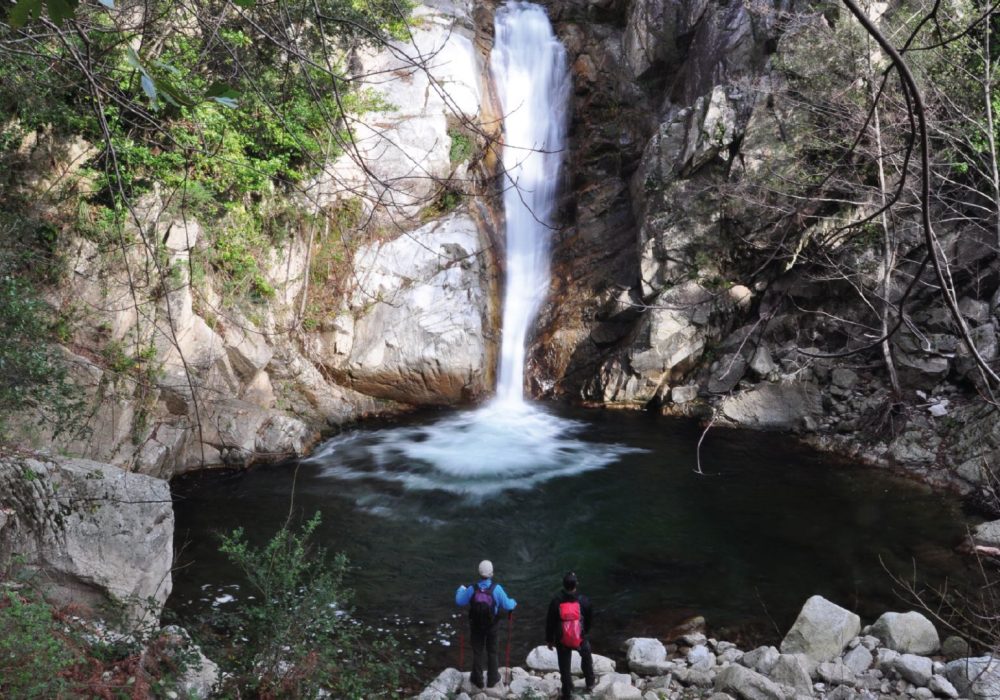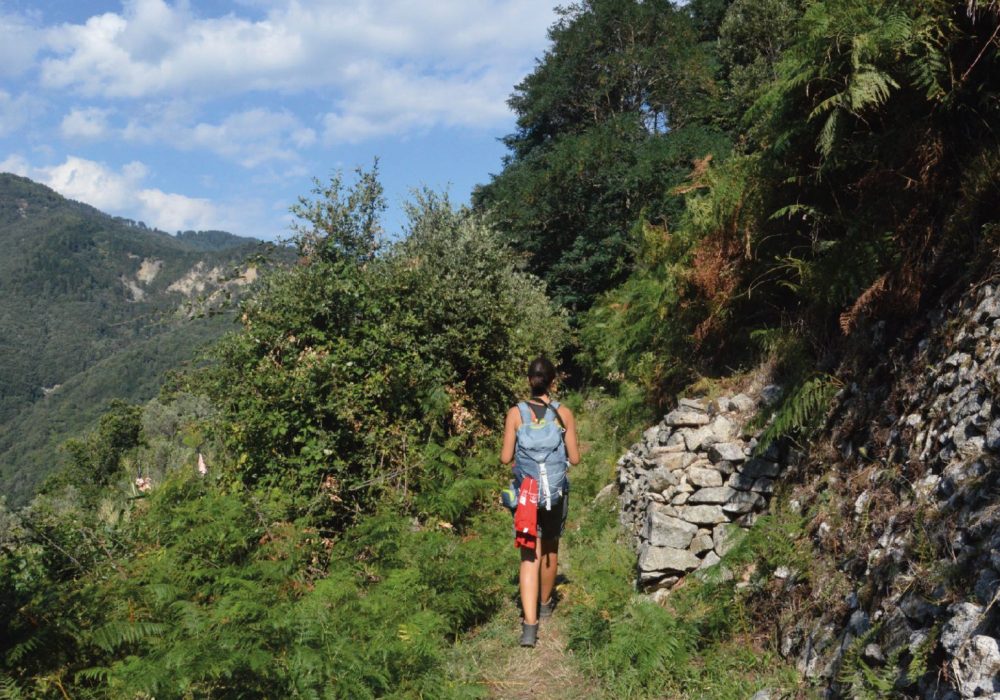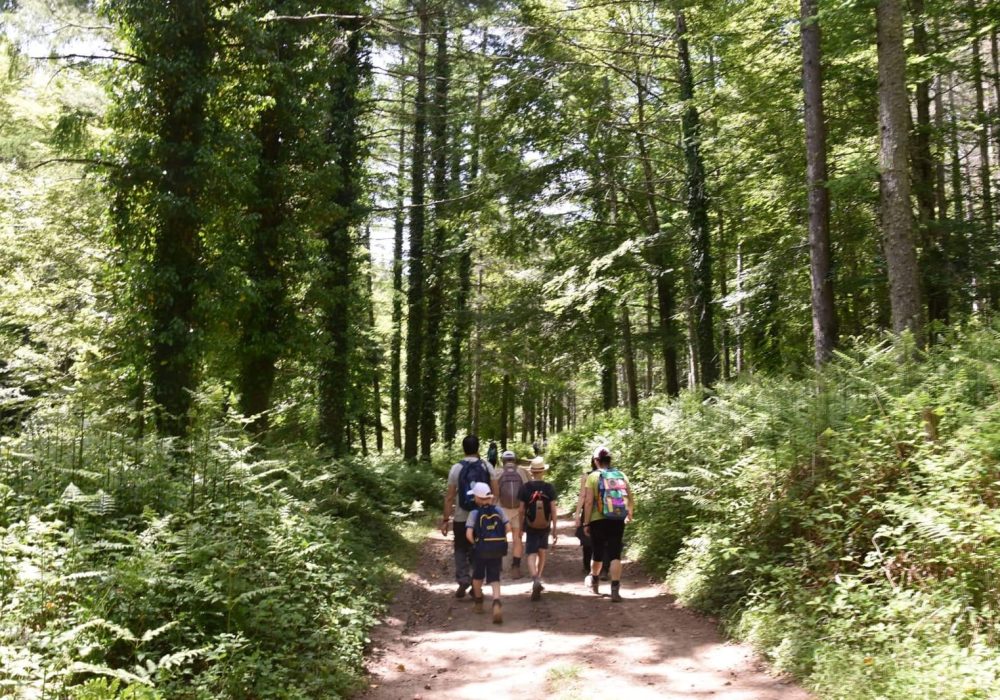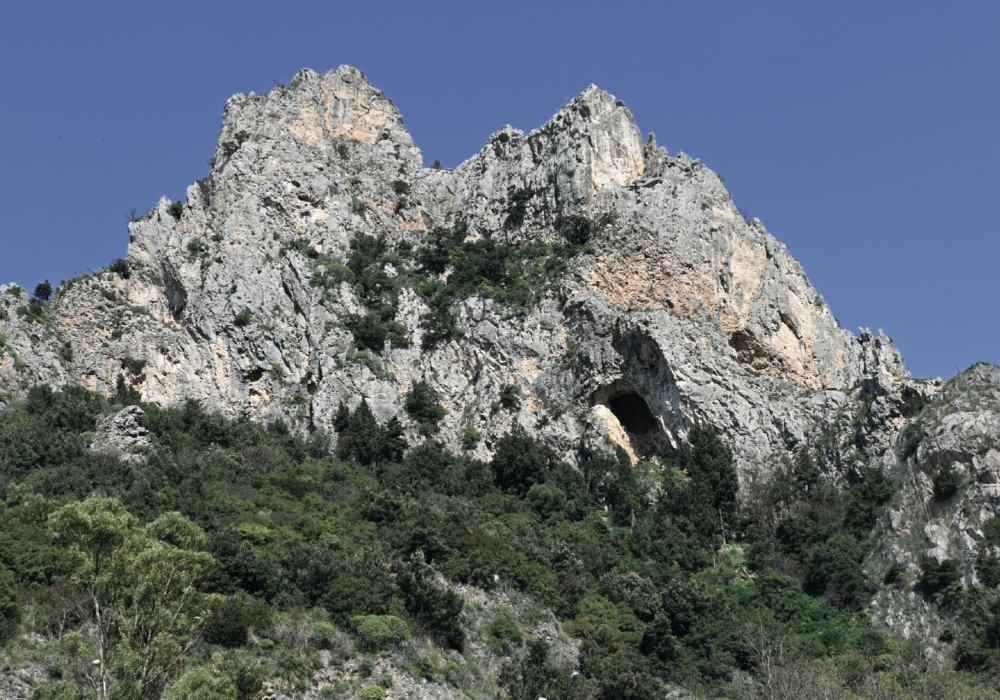Serra San Bruno
‘Serra San Bruno is the town in Calabria where you would want to stay. It has an Alpine colour and the air of the sea comes to it wittily. And then it is in the atmosphere of one of the oldest Calabrian traditions, monasticism’: so wrote Corrado Alvaro, one of the greatest writers of the 20th century, several decades ago. And it is with Alvaro’s words that this itinerary begins, starting from the long road axis of Corso Umberto I, paved in granite in the second half of the 19th century, that runs through the historic centre of Serra San Bruno, skirting the eighteenth-century late Baroque churches. The route through the churches of Serra is at the same time a journey through an eminent artisan tradition of cabinet-makers, marble workers, and stone masons and an itinerary through the great artistic history of the Charterhouse, whose works, after the earthquake of 1783, partly flowed into it. Entering the main entrance to the corso, coming from the north, the visitor almost immediately finds, on the left, the Chiesa Matrice (late 18th century), documented as early as the beginning of the 17th century as a church dedicated to San Biagio. In the nave, he is greeted by four marble statues: St John the Baptist, St Stephen, St Bruno and the Virgin and Child. Two authentic masterpieces stand between the statues of St Bruno and the Virgin: the bas-reliefs The Capua Conspiracy and The Nativity finely sculpted by David Müller and dated 1611.
If you stop to admire the first one, you almost feel as if you are witnessing the scene depicted there live: in the military camp of Roger the Norman, Saint Bruno appears to the Great Count and reveals to him a conspiracy plotted against him, thus enabling him to foil it. In the second bas-relief, however, a nativity inspired by ‘Nordic’ stylistic canons, chiselled in detail, creates an atmosphere of inner recollection from which it is not easy to escape. After passing the 19th-century altar and admiring the tabernacle by the brothers Alfonso and Giuseppe Scrivo, one enters the choir, where two large canvases – the Martyrdom of St. Stephen by Bernardino Poccetti (c. 1608) and Trinity with Carthusian saints by Francesco Caivano from Tropea (1633) – stand opposite each other. Both come from the Carthusian Monastery, like the statues in the nave, and also document the golden age of the monastery from an artistic point of view, which became a magnet for craftsmen, painters and sculptors from all over Europe. But it is in the chapel at the end of the right aisle that one finds the church’s most astonishing work, an imposing reliquary, dating back to the 11th century and rebuilt in the 18th century, donated, according to tradition, by Roger of Altavilla’s third wife – Adelaide del Vasto – to St Bruno of Cologne. Relics and the reliquary containing them were certainly among the most venerable treasures guarded by the Carthusian Monastery of Bruno and, as such, were repeatedly mentioned by the scholars and travellers who visited the Calabrian monastery. The reliquary – according to the description by the Carthusian historian Tromby – “was about 7 palms high, and wide in proportion. It was entirely made of Ebony with several registers of niches supported by two small columns, each with their bases and capitals; marvellously worked in the same material. In the middle of each of them stood a small vase with its ivory lid. And inside it were the names of the aforementioned SS. Relics. Some of these, however, were enclosed in silver reliquaries, which were artfully interspersed from end to end in certain compartments between one niche and the others, making a most graceful prominence. But in the middle, placed in the form of a cross, there was a notable piece of the most holy wood a finger’s length long, in which Jesus our Saviour offered himself to the Eternal Father for the redemption of the human race, which admirably contributed to promoting piety and devotion”.
Leaving the Chiesa Matrice and going up the corso for a few dozen metres, you will come across, on the same side of the road, the Church of Maria SS. dei Sette Dolori, also home to the archconfraternity of the same name. The Church of Our Lady of Sorrows is an authentic jewel, an architectural and artistic gem, with its semi-elliptical façade (designed by Biagio Scaramuzzino) and its small, cosy interior, filled with works of art, almost as if it were a treasure chest. The works are almost all of Carthusian origin and among them the ciborium by Cosimo Fanzago and Andrea Gallo in mixed marble stands out, with the precious tabernacle made by Innocenzo Mangani, Raffaele Maitener and Sebastiano Scioppi and sculptures of saints by Cosimo Fanzago. Fanzago’s ciborium is a Baroque ‘machine’ – to which the two spectacular putti seated on the side doors almost seem to act as sentinels – and, although it has undergone dismemberments and remodifications of its primitive conformation, it represents one of the loftiest pages of 17th-century artistic history in Southern Italy. The two canvases above the marble altars of the side chapels, the Apparition of the Virgin to Saint Bruno (Paolo De Matteis, 1721) and the Death of Saint Anne (1645), an expression of refined figurative culture recently attributed to Reynaud Levieux (1613-1699), provide a noble backdrop, while the four 17th-century marble medallions of the Neapolitan school on the walls of the nave depicting Saint Bruno (? ), St. Gennaro, St. Peter and St. Paul, also originally in the Carthusian Monastery, as well as the paintings, altars and marble balustrade (17th century) on the arms of the transept. Belonging to the local artistic production are, on the other hand, The Seven Florentine Founding Saints of the Order of the Blessed Virgin Mary of the Seven Sorrows (Giuseppe Maria Pisani sr., 1902) in the central lunette of the choir, the four sails surrounding the dome (Stefano Pisani, 19th century), the precious stuccoes on the walls, the bronze exterior door dedicated to the Seven Sorrows of Mary (Giuseppe Maria Pisani jr., 1961). The Carthusian heritage in the artistic and architectural history of Serra San Bruno is further visible in the Church of Maria SS. Assunta in Cielo (Our Lady of the Assumption into Heaven), and not only because it was formerly known as the ‘panella’ church, as the monks used to go there to distribute bread to the poor. Its very frontispiece, elegant and linear, bears witness to the Carthusian monastery’s legacies that have enriched the urban fabric, with the use of reused materials for both sacred places and civil dwellings. Inside, behind the magnificent wooden high altar, there is an important painting by Bernardino Poccetti – The Annunciation – inspired by a canvas of the same subject in the Church of the SS. Annunziata in Florence, as well as a 16th-century Saint Bruno, representing the prototype of the so-called ‘Calabrian’ Saint Bruno. In fact, the painting epitomises the fundamental iconographic attributes recognised in Calabria to the Carthusian patriarch: the bearded face with the slightly recumbent head, the hood of the monastic habit surmounted by the seven stars, the tau-shaped staff held delicately, the bishop’s mitre and crosier laid at the saint’s feet. Having left the Church of the Assumption in the Terravecchia district and crossed the bridge over the Ancinale a little further on, visitors can reach the other Church of the Assumption in the Spinetto district in a matter of minutes. Dating back to the 19th century, the church is notable above all for the works of Serrean craftsmen, such as a wooden crucifix from the Scrivo workshop, a statue of St. Joseph by Antonio Scrivo, statues of St. Francis of Paola and the Madonna del Carmine by Raffaele Regio, but also for the extraordinary Maria SS. Assunta of the Neapolitan school of the early 18th century, carried in procession on Bruno Barillari’s valuable mid-19th century ‘varia’.
